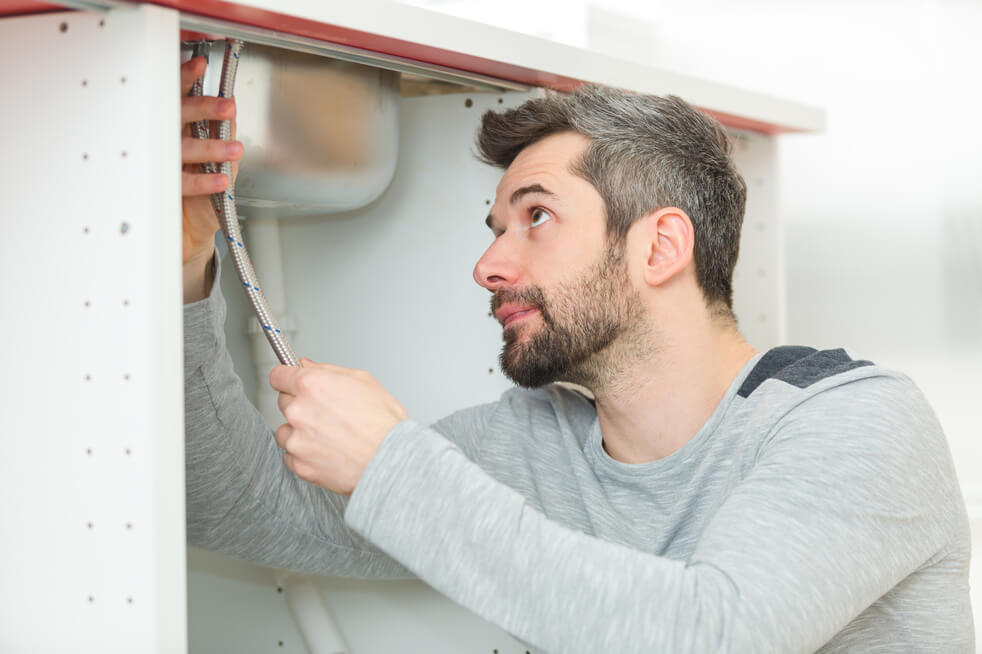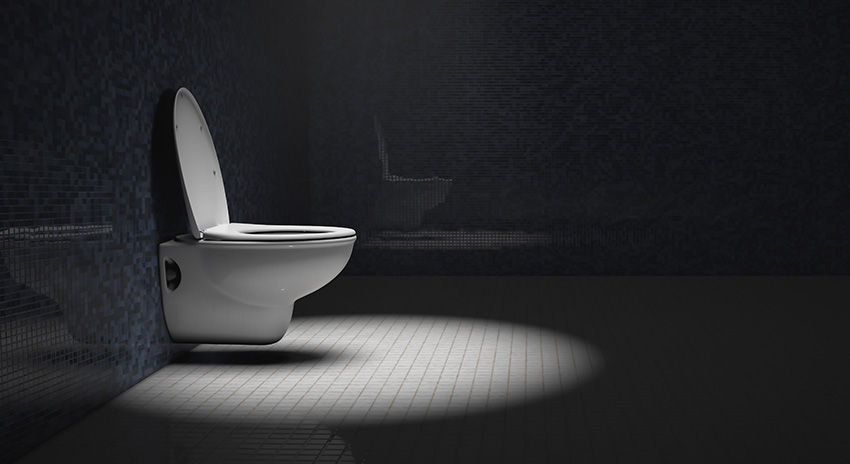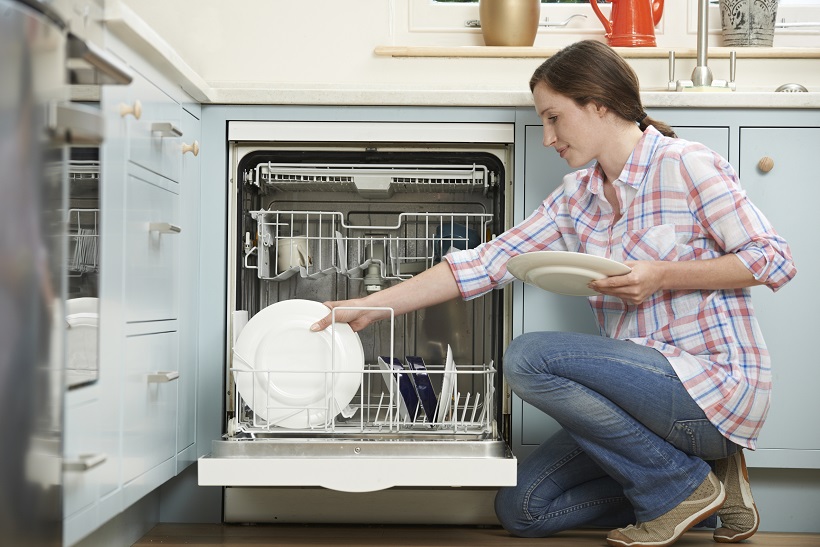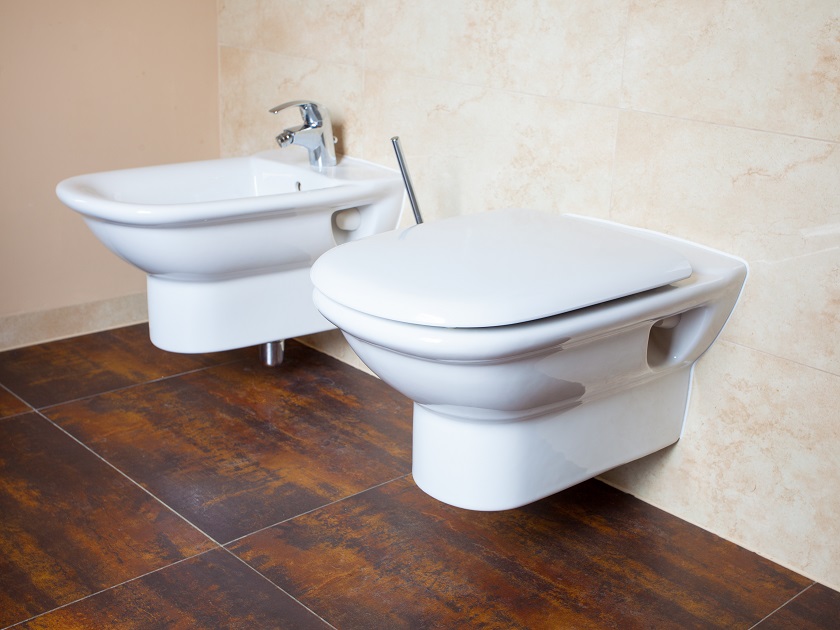Household leaks can wreak havoc on your Etobicoke home, causing water damage, mould growth, and costly repairs. By taking proactive measures to prevent leaks, you can safeguard your property and avoid potential headaches down the road. Here’s a comprehensive guide to help you identify and mitigate the risk of household leaks.
Regular Inspection Checklist:
1. Check faucets and fixtures:
Inspect faucets, showerheads, and other fixtures for any signs of dripping or leaking. Tighten loose connections and replace worn-out washers or seals as needed.
2. Inspect supply lines:
Examine the supply lines under sinks, toilets, and appliances such as dishwashers and washing machines for signs of corrosion, bulging, or moisture. Replace old or damaged rubber supply lines for your washing machine with braided stainless steel options, which are more durable and less prone to leaks.
3. Examine pipes:
Inspect exposed pipes in basements, crawl spaces, and utility rooms for signs of corrosion, rust, or moisture accumulation. Look for any visible cracks, leaks, or water stains on pipes and joints, and promptly address any issues to prevent further damage.
4. Check water heater:
Regularly inspect your water heater for signs of leaks or corrosion, paying close attention to the pressure relief valve, inlet and outlet connections, and the tank itself. Consider flushing the water heater annually to remove sediment buildup and extend its lifespan.
5. Inspect toilets:
Check toilets for leaks by adding a few drops of food colouring to the tank and waiting for a few minutes. If the coloured water appears in the bowl without flushing, it indicates a leaky flapper valve that needs to be replaced. Read more about how to troubleshoot common toilet issues here.
6. Inspect appliances:
Inspect dishwasher and washing machine hoses for signs of wear, kinks, or cracks. Ensure that hoses are properly connected and not under stress, and replace them every five years as a preventive measure.
7. Check outdoor fixtures:
Inspect outdoor faucets, sprinkler systems, and hoses for leaks or signs of damage. Ensure that outdoor spigots are adequately insulated and protected from freezing temperatures during the winter months.
8. Inspect gutters and downspouts:
Clean gutters and downspouts regularly to prevent clogs and ensure proper drainage away from your home’s foundation. Repair any damaged or leaking gutters and downspouts to prevent water from seeping into your home.
9. Monitor water bills:
Keep an eye on your water bills for any sudden spikes or increases in usage, which could indicate a hidden leak somewhere in your home. Investigate the cause promptly to prevent further water damage and higher utility costs.
10. Consider installing leak detection devices:
Invest in smart leak detection devices that can alert you to potential leaks or water damage in real time, allowing you to take immediate action and prevent costly repairs.
Contact D. Jason Plumbing
By following this comprehensive checklist and staying vigilant against potential sources of leaks, you can effectively safeguard your home and prevent water damage before it becomes a significant problem.
Regular maintenance and proactive measures are key to ensuring a leak-free home environment for years to come. Contact D. Jason Plumbing to discuss how to safeguard your home against leaks.





